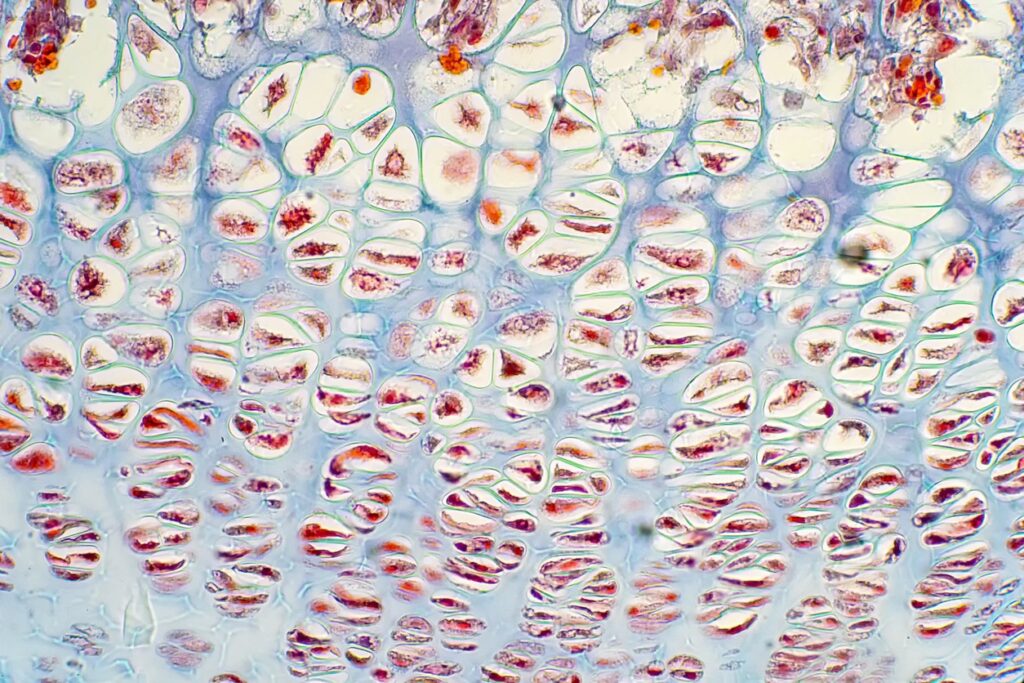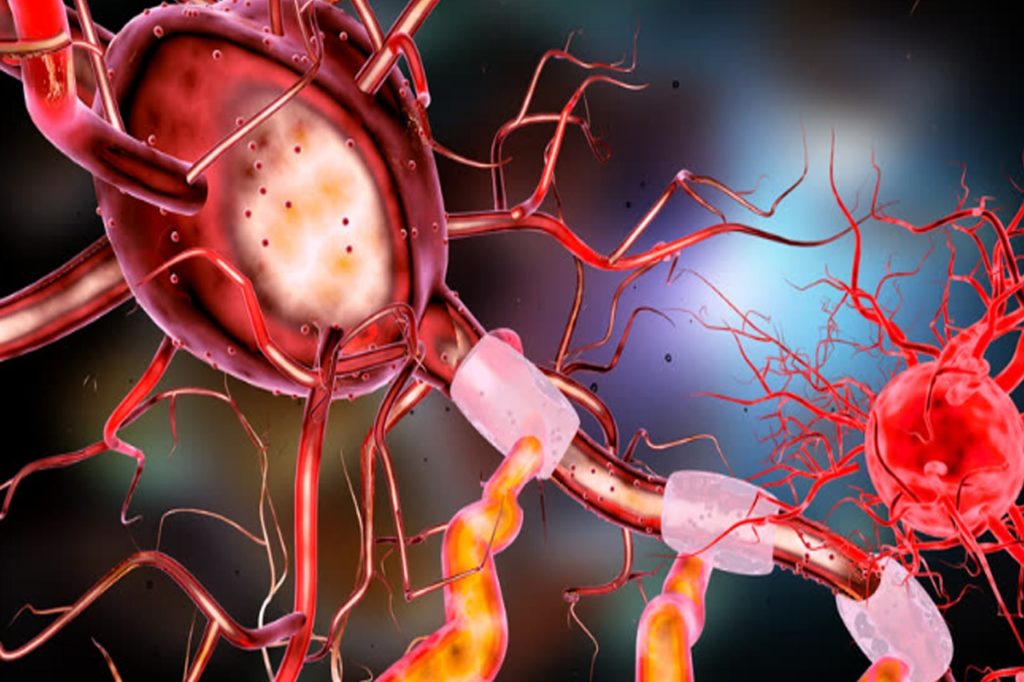Peptide Blog
All articles and shared info are for educational purposes only.
Latest Peptide Articles
Follistatin-344: A Potential Activin-Binding Protein and Myostatin Inhibitor
Follistatin-344 peptide, a naturally produced glycoprotein, is considered to be generated and produced in the liver. The peptide's speculated primary function appears to be the deactivation of TGF-beta superfamily proteins, potentially reducing the action of avidin, myostatin, and FSH (follicle-stimulating hormone). Scientific Studies Follistatin-344 and Muscle Cells Myostatin, also known as growth differentiation...
IGF-1 LR3: A Synthetic Model of the Insulin-like Growth Hormone
IGF-1 LR3, an abbreviation for "Insulin Growth Factor-1, Long Arginine 3," is a modified, synthetic model of the insulin-like growth hormone. Research on IGF-1 LR3 hints at its potential role in cell proliferation, potentially enhancing fat metabolism and muscle repair by inhibiting the actions of myostatin and influencing cell division. Although it is conjectured to...
An Overview of CJC-1295 & Ipamorelin & GHRP-2 Blend
This article will discuss the research surrounding the individual peptides belonging to the blend of CJC-1295 & Ipamorelin & GHRP-2. These peptides have been suggested to act synergistically in research studies conducted in laboratory conditions. CJC-1295 Peptide The growth hormone-releasing hormone (GHRH) is believed to be a natural regulator of somatotropin’s growth hormone. The...
An Overview of Fragment 176-191 & Mod GRF 1-29 & Ipamorelin
Fragment 176-191 & Mod GRF 1-29 & Ipamorelin Blend This article will discuss the research surrounding the individual peptides belonging to the blend of Fragment 176-191 & Mod GRF 1-29 & Ipamorelin. These peptides have been suggested to act synergistically in research studies conducted in laboratory conditions. Research speculates that endogenous growth hormone production may...
Research Studies on CJC-1295 & GHRP-6 Blend
The CJC-1295 & GHRP-6 blend is believed to work synergistically to stimulate the increase of growth hormone (GH). There is speculation that the increase in GH levels due to this blend might be higher than using either of these peptides alone, as well as initiate downstream action, as in the case of GHRP-6, which is...
BPC-157 & TB-500 Blend and Tissue Repair
BPC-157 Peptide Overview BPC-157 is a peptide sequence of 15 amino acids derived from gastric juice. The mechanism by which pentadecapeptide BPC-157 has been suggested to impact tissues is not clearly understood. Research suggests that the peptide may exert a repairing action in tissues. The peptide may exert upregulating growth factors, proangiogenic characteristics, and nitric oxide...
Vasoactive Intestinal Polypeptide (VIP) and Gastrointestinal Interaction
What is Vasoactive Intestinal Polypeptide (VIP)? Vasoactive Intestinal Polypeptide (VIP) belongs to a class of peptides called the neuropeptides. Neuropeptides are short sequence peptide chains produced by neurons that play a role as chemical messengers in various biochemical pathways. The Vasoactive Intestinal Polypeptide is considered to be a potent vasodilator, by researchers studying the action of...
Nicotinamide Adenine Dinucleotide (NAD+)
What Is Nicotinamide Adenine Dinucleotide (NAD+)? Nicotinamide Adenine Dinucleotide or NAD+ is a coenzyme found central to almost all types of anabolic and catabolic biochemical reactions. It is present in cells and was first discovered by Sir Arthur Harden in a boiled yeast extract. The structure of NAD+, as indicated by its name, consists of...
Adipotide Peptide (FTPP) and its Metabolic Potential
What Is Adipotide (FTPP)? Adipotide, also known as Prohibitin-TP01 and abbreviated as FTPP, is a synthetically made proapoptotic peptide with a unique function, potentially targeting and affecting various types of fat cells. Speculative research suggests that Adipotide might aim to reduce the number of fat cells by impacting the blood supply to adipocytes. It is...









